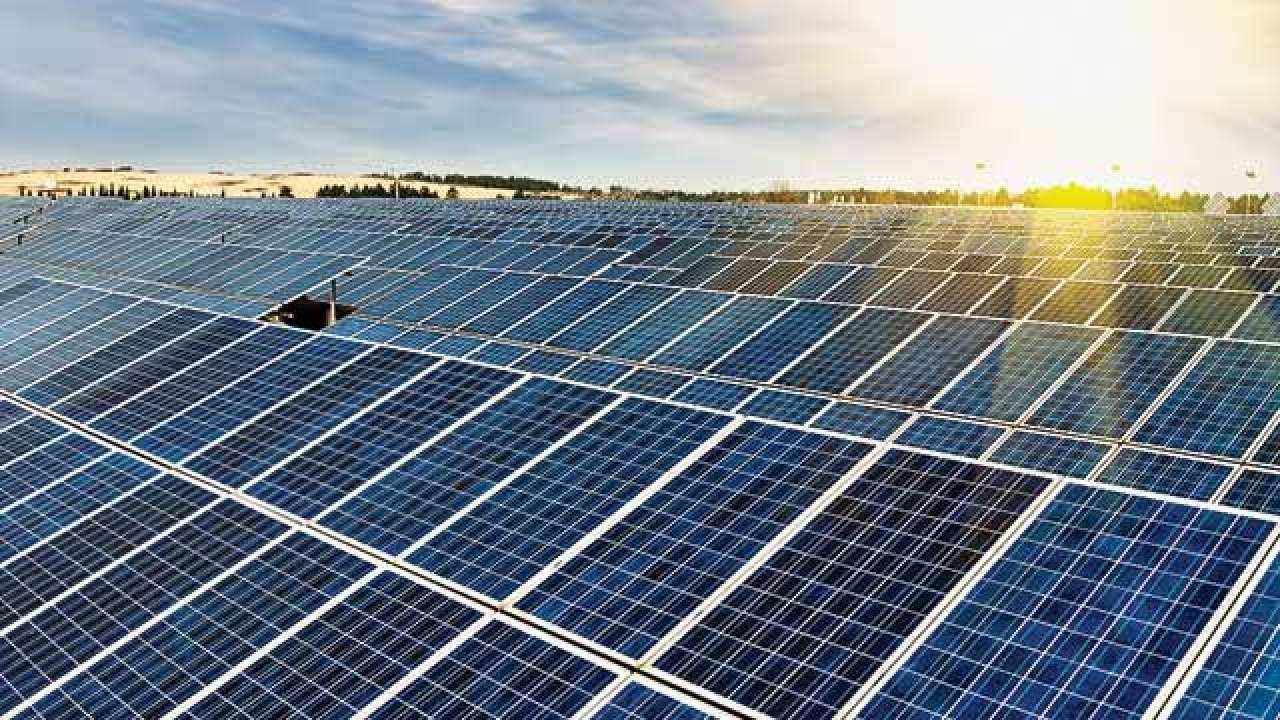Dna edit: solar grid diplomacy
- Select a language for the TTS:
- UK English Female
- UK English Male
- US English Female
- US English Male
- Australian Female
- Australian Male
- Language selected: (auto detect) - EN

Play all audios:

India scored another brownie point on the environmental diplomacy front with the concretisation of the legal framework of the International Solar Alliance, a comity meant exclusively for
those countries which lie between the Tropics of Cancer and Capricorn. India has much to gain from this association given that a number of nations that do not lie between these two tropics
have also shown interest in joining the alliance. Germany, Nepal, Korea and Mongolia have also expressed their intention in joining this group. This is a bold diplomatic move and India, in
the end, will succeed in planting a strong foothold in the global solar energy community. What’s more, this is the first Indian initiative with an international footprint, which will be
based in the country. Already the Ministry of New and Renewable Energy has been charting new paths in solar energy capacity creation. In 2015, the government revised its solar energy target
from 20 GW to 100 GW by the year 2022. Obviously, the Narendra Modi government has pressed the pedal to the floor when it comes to renewable, especially, solar energy. With the ISA operating
from within the country, India will become the focal point of R&D talent in this domain. This, in effect, will align India’s energy goals with the global environmental goals of cheap
and clean electricity. It will help the country push the costs of solar electricity generation to even greater lows, leaving last-mile connectivity as the sole obstacle standing in the way
of a fully electrified India. Additionally, it will engender cordial relations with China. The ISA aims to create an investment of close to $1,000 billion by 2030 in solar energy
infrastructure. This is music to China’s ears given that it leads the world over in producing solar photovoltaic cells.